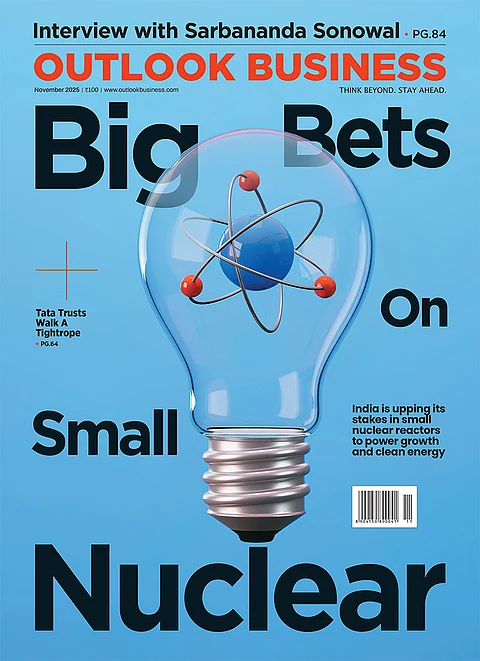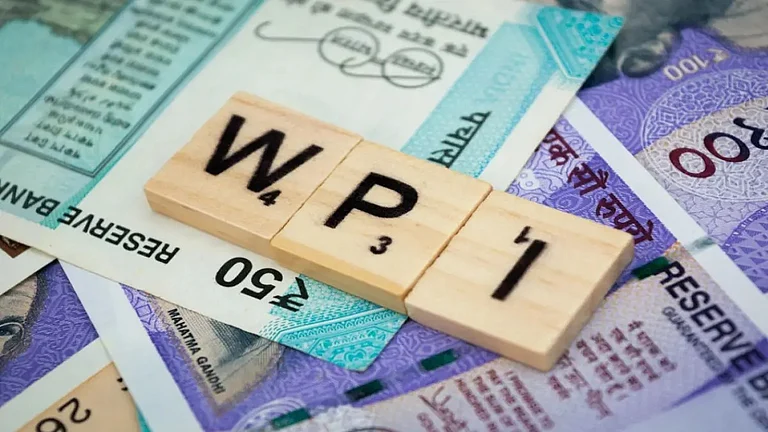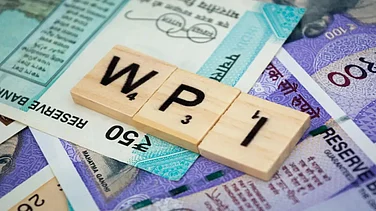Political pundits say that a week is a long time in politics, and we know that an over is a long time in T20 cricket (just ask Bhuvaneshwar Kumar or Arshdeep Singh for a latest illustration!). So too are, it would seem, popular narratives on India’s economic performance. From stagflation fears to “India as an Emerging Market Powerhouse” – headline pivot has been a matter of three months.
A very large part of popular commentariat perception is merely reflection of capital market sentiments. The spectacular decoupling of India’s equity markets from major global markets over the last three months, indeed now for the entire year, is forcing a revival of India’s Moment narratives. This year, the benchmark Nifty Index, on a dollar-adjusted basis is down just about 10%, while S&P500 is down 24% and MSCI Emerging Markets Index is down 27%.
The near-sensational market performance though, isn’t nearly as well reflected in macro outcomes. Not yet, anyway. Recent quarterly GDP growth numbers, at 13.5% off a low base last year, came in 2-3% lower than both RBI and market expectations. To put numbers in context, India’s real GDP, that is, adjusted for inflation, is barely 5% above its pre-Covid peak. Private consumption, after recovering strongly from the Covid-era crater, has remained flat for the last three quarters now. A range of high-frequency indicators – sales of 2 wheelers, soaps, shampoos – remain flat to (sometimes even below) pre-Covid levels. Jobs remain a sticky issue, with Labour Participation Ratio below 50% (which means less than 50% of those in the right age-groups are offering themselves in the jobs market) and unemployment rate stubbornly high at 8%. What is doing rather better is “top of the pyramid” activities – demand for luxury homes, hi-end cars and electronics, leisure travel remains strong.
So, have the markets decoupled from the macro? The answer is yes, markets have long decoupled from the macros. This is a global phenomenon, not terribly unique to India. But the decoupling in India has been quite sharp in the last decade-and-a-half.
To be fair, from a macro performance perspective, India’s always been a 50:50 country – disappointing both its cheerleaders and its naysayers. Economic growth, since 1991, has been consistently in global top 5 lists. But barring short periods, most notably between 2003 and 2008, it hasn’t been at expected China/East Asian Tiger levels over long periods. Human Development Indicators, despite steady improvements over the last 30 years, have also been modest – in recent times even Bangladesh has reported better improvements in some of them.
However, India has remained a strong capital markets story through the entire period since 1991. There are several reasons for that, but most of them reside in India’s micros and not its macros. The biggest is India’s numbers – population of 1.4 billion – work the probabilities in its favour. Even if 10% of the population approach Thailand-level productivity, that is a large enough market (equivalent to the population of Russia) for most things. Add to it India’s long tradition of entrepreneurship and a more recent development of a world-class professional talent pool (coming out of IIMs and IITs). Finally, 1991 reforms, added to positively since then, have enabled access to foreign technology and capital. Basic enabling conditions for creation of valuable enterprises are in place.
No wonder that India, since 1991, has consistently created new valuable enterprises, some of them world class, enabling large value-creation in the capital markets. Over the last 7-8 years, the funnel has grown wider with the development of a world-class publicly-funded digital stack, which has given Indian enterprises the ability to acquire, reach and service hundreds of millions of customers at speed and low-cost.
In a nutshell, macro outcomes for all 1.4 billion people are not a determinant of great market performance, because a sliver of that number can do the trick quite nicely.
No surprise that a sense of relative disappointment with India’s macros don’t reflect in global investor boardrooms. The reason is simple – India has been a great equity market opportunity for investors consistently, over 3 decades. It has been the stand-out performer in MSCI-Emerging Markets Index, outperforming China and most of the larger East Asian markets by a wide margin. The structural and the cyclical – Indian businesses are overdue for a cyclical upturn, given a long slowdown they battled since well before Covid struck – have meant that foreign investors in recent times have reverted back to their default position of being positive on India (after nearly a year of outflows).
Consequently, in recent weeks, there has been a great deal of self-congratulations over India’s Covid-era economic response. The contrast between high inflation/volatile markets in the West and stable inflation/robust markets in India has been made as a definitive corroboration of India’s strategy of modest fiscal intervention as opposed to hi spends done by most of the Western governments. It is too early to declare victory though. India doesn’t have a long-term “markets” problem, it does have a long-term macro prosperity problem. And it’s in the latter that we have miles to go before we sleep or declare victory.
The author is the Managing Partner and CIO, ASK Wealth Advisors. The views and opinions expressed in this article are personal.




























